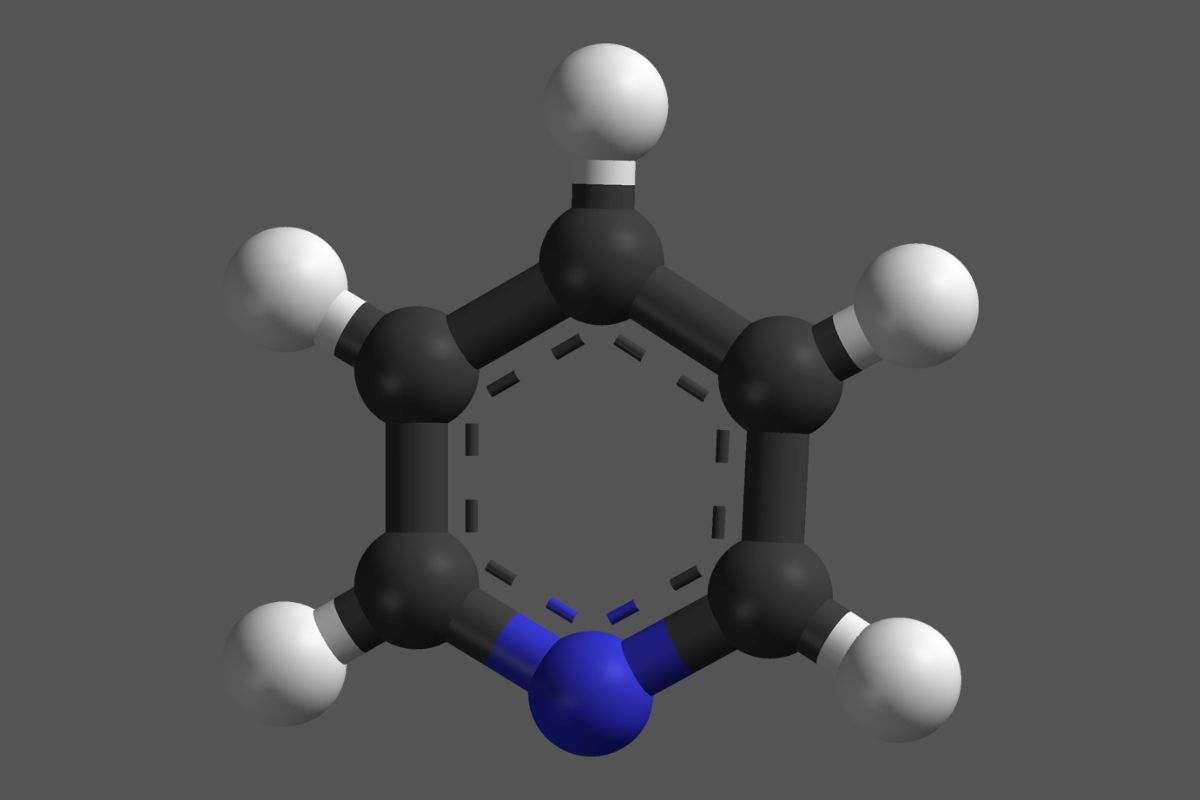
Pyridine is a fascinating chemical compound with a rich history and a wide range of applications. But what exactly is pyridine? Pyridine is a basic heterocyclic organic compound with the chemical formula C5H5N. It is structurally related to benzene, with one methine group (=CH−) replaced by a nitrogen atom. This simple change gives pyridine unique properties, making it a valuable substance in various industries. From its role in pharmaceuticals to its use in agriculture, pyridine has proven to be incredibly versatile. Whether you're a chemistry enthusiast or just curious about this intriguing molecule, these 26 facts will provide a comprehensive overview of pyridine and its significance.
What is Pyridine?
Pyridine is a basic heterocyclic organic compound with the chemical formula C5H5N. It is structurally related to benzene, with one methine group (=CH−) replaced by a nitrogen atom. Let's dive into some fascinating facts about this versatile compound.
Chemical Properties of Pyridine
Pyridine's unique structure and properties make it an important compound in chemistry and industry.
- Pyridine has a distinctive, unpleasant odor often described as fish-like.
- It is highly soluble in water due to its polar nature.
- Pyridine is a weak base with a pKa of 5.25, making it less basic than ammonia.
- It can act as a ligand in coordination chemistry, binding to metals through its nitrogen atom.
- Pyridine is flammable and can form explosive mixtures with air.
Historical Background
The discovery and development of pyridine have an interesting history.
- Pyridine was first isolated in 1849 by Scottish chemist Thomas Anderson from bone oil.
- The name "pyridine" comes from the Greek word "pyr," meaning fire, due to its flammable nature.
- Early uses of pyridine included denaturing alcohol to make it unfit for consumption.
Industrial Production
Pyridine is produced on a large scale for various applications.
- The Chichibabin synthesis is a common method for producing pyridine, involving the reaction of aldehydes, ammonia, and formaldehyde.
- Pyridine can also be produced by dehydrogenation of piperidine, a related compound.
- Global production of pyridine is estimated to be over 20,000 tons per year.
Applications in Industry
Pyridine's versatility makes it valuable in many industries.
- It is used as a solvent in the production of rubber and pharmaceuticals.
- Pyridine derivatives are important in the synthesis of herbicides and pesticides.
- It serves as a precursor for the manufacture of vitamins, such as niacin (Vitamin B3).
- Pyridine is used in the production of adhesives and sealants.
- It plays a role in the synthesis of dyes and pigments.
Biological Significance
Pyridine and its derivatives have significant biological roles.
- Nicotinamide adenine dinucleotide (NAD), a crucial coenzyme in metabolism, contains a pyridine ring.
- Pyridine derivatives are found in many alkaloids, which are naturally occurring compounds with pharmacological effects.
- Some pyridine compounds exhibit antibacterial and antifungal properties.
Environmental Impact
The production and use of pyridine have environmental implications.
- Pyridine is toxic to aquatic life and can cause long-term adverse effects in the aquatic environment.
- It is biodegradable under aerobic conditions, breaking down into less harmful substances.
- Pyridine can be removed from wastewater using activated carbon or advanced oxidation processes.
Safety and Handling
Proper precautions are necessary when working with pyridine.
- Pyridine is toxic if inhaled, ingested, or absorbed through the skin.
- It can cause irritation to the eyes, skin, and respiratory tract.
- Long-term exposure to pyridine may lead to liver and kidney damage.
- Always use protective equipment such as gloves, goggles, and lab coats when handling pyridine.
Pyridine's Impact on Science and Industry
Pyridine, a simple yet powerful molecule, plays a crucial role in various fields. Its versatility makes it indispensable in pharmaceuticals, agrochemicals, and even food flavoring. This nitrogen-containing compound is a key player in synthesizing vitamins, drugs, and pesticides. Its unique properties, like being a good solvent and having a distinct odor, make it stand out.
Understanding pyridine's impact helps appreciate its significance in everyday life. From improving crop yields to developing life-saving medications, pyridine's contributions are vast. Its presence in research labs and industrial applications highlights its importance.
Staying informed about such compounds can spark curiosity and lead to new discoveries. Pyridine's story is a testament to how a single molecule can influence multiple sectors. Keep exploring and learning about these fascinating chemicals to see how they shape our world.
Was this page helpful?
Our commitment to delivering trustworthy and engaging content is at the heart of what we do. Each fact on our site is contributed by real users like you, bringing a wealth of diverse insights and information. To ensure the highest standards of accuracy and reliability, our dedicated editors meticulously review each submission. This process guarantees that the facts we share are not only fascinating but also credible. Trust in our commitment to quality and authenticity as you explore and learn with us.
